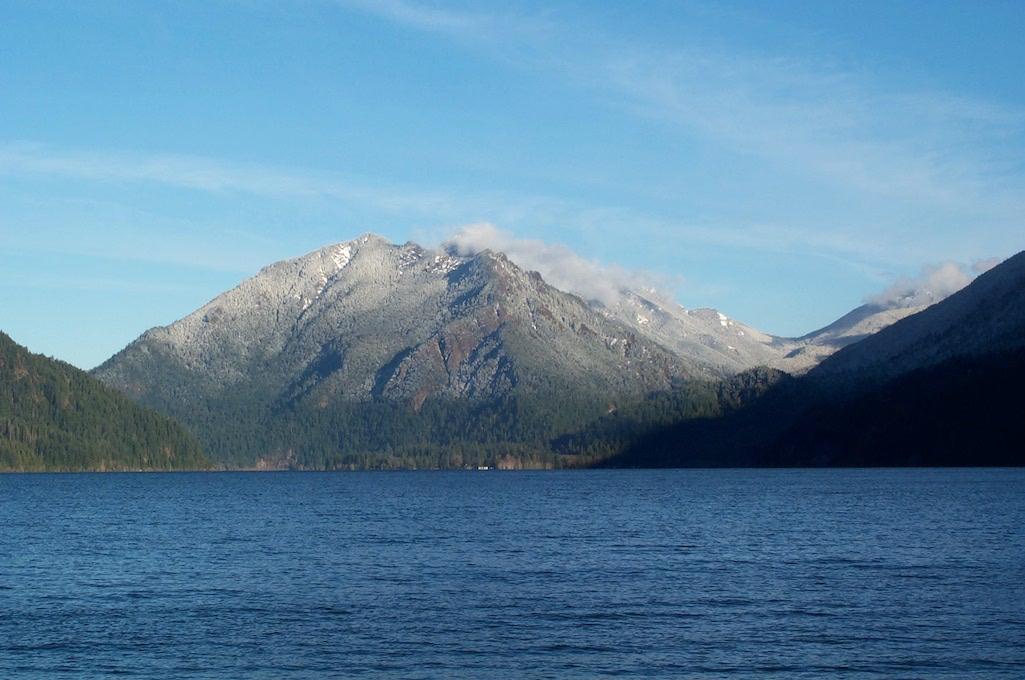
The body of a New York man who drowned in Lake Crescent was recovered from nearly 400 feet below the surface/Elwhajeff via Wikipedia, CC BY-SA 3.0
The body of a New York who who drowned at Olympic National Park in Washington earlier this month has been recovered from deep in Lake Crescent, according to the National Park Service.
Travis Valenti, of Massapequa, and his fiancée were kayaking on the lake on June 9 when his craft began taking on water. While the 37-year-old tried to keep paddling, he ultimately abandoned his kayak, a park release noted. His fiancée tried to help him, but then her kayak overturned and left her in the water, too, according to the release.
While the woman was able to swim to shore, Valenti never made it, the release said. Neither was wearing a life jacket.
On June 21, at approximately 6:30 p.m. Olympic National Park in conjunction with Christian Aid Ministries, a non-profit organization from Berlin, Ohio, recovered Valenti's body from Lake Crescent. Christian Aid Ministries began searching Lake Crescent around 8 a.m. that day using boat-mounted sonar technology. Once the group acquired a high probability find of the body, Olympic National Park was notified, and two park rangers were dispatched in a boat to meet the group on the lake.
Christian Aid Ministries then used a remote operated vehicle to locate the body at a depth of 394 feet. The ROV was equipped with a grabber tool, which was used to bring the body to the surface. Valenti’s body was brought aboard the National Park Service boat and then taken to shore. The coroner's office was notified, as well as the family of the victim.
Lake Crescent is a deep and very cold body of water with surface water temperatures near 50 degrees Fahrenheit this time of year. Sudden immersion into cold water will impact a person’s breathing and over time, their ability to move extremities. Swimmers are encouraged to use a buddy system. Boaters should always wear a life jacket and understand the risks of recreating on large bodies of water, such as underwater hazards, wind, waves, and water temperature.



Add comment